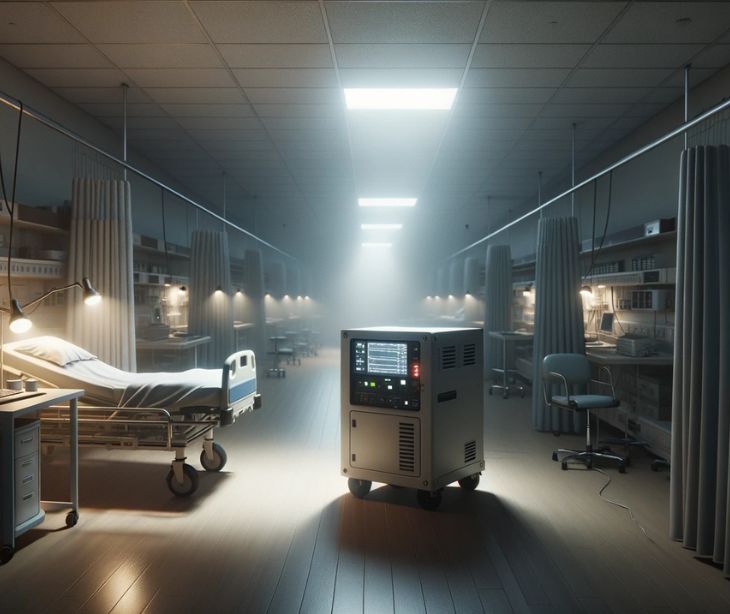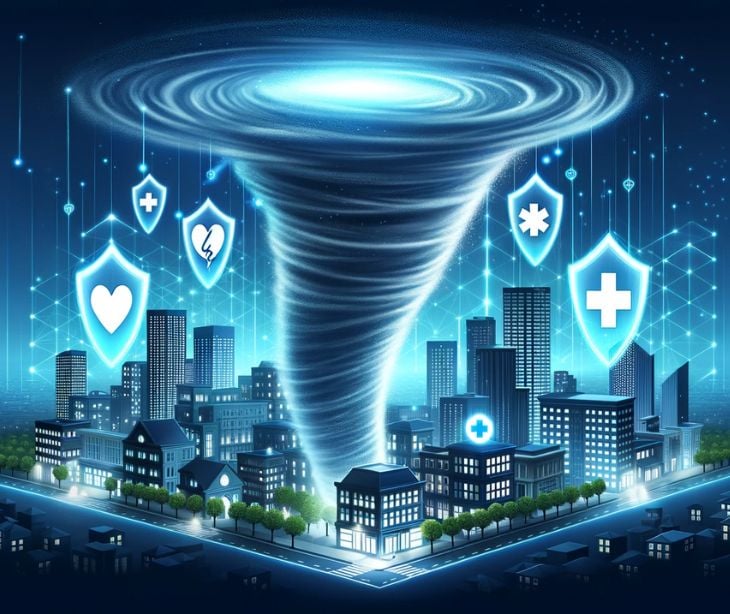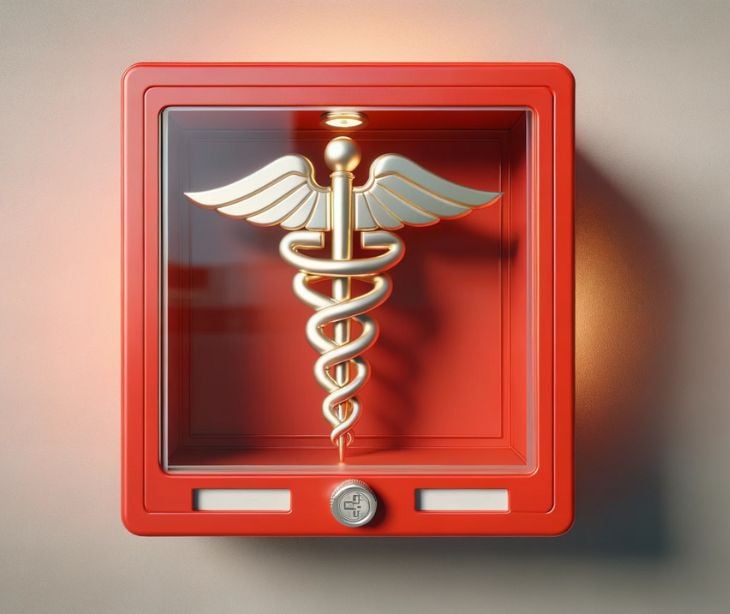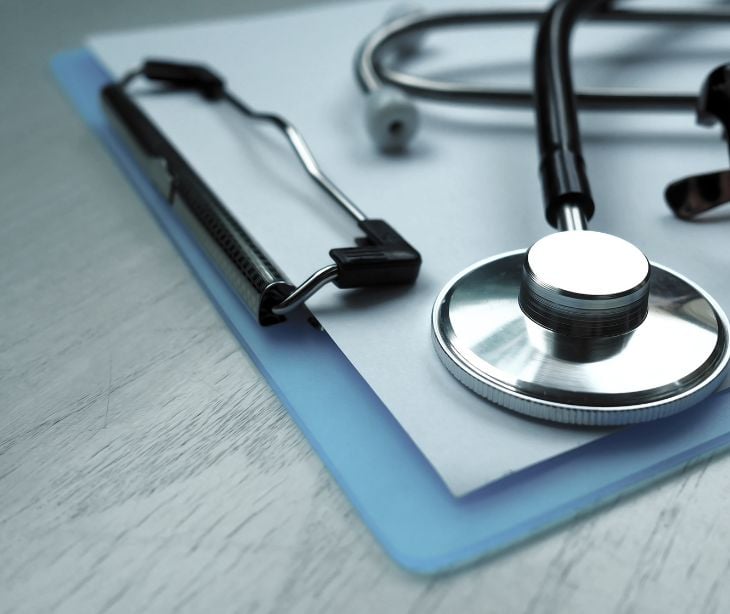2 min read
Protocols for safeguarding patient information during emergencies
Tshedimoso Makhene
October 20, 2023

HIPAA regulations still apply in emergencies. Establish clear protocols and procedures for patient privacy during emergencies to maintain HIPAA compliance.
How does HIPAA define an emergency?
HIPAA defines an emergency as a wide range of situations requiring immediate medical attention or public health intervention. These situations may include, but are not limited to:
- Life-threatening medical conditions: When a patient's life is in immediate danger, healthcare providers need access to their medical history for timely and appropriate treatment.
- Natural disasters: During events such as hurricanes, earthquakes, or wildfires, healthcare providers may need to access patient records to provide care to affected individuals who cannot consent due to the circumstances.
- Disease outbreaks: In cases of infectious disease outbreaks or public health emergencies, it may be necessary to share PHI to track, manage, and contain the spread of the disease.
- Accidents and injuries: In cases of accidents, injuries, or mass casualty events, healthcare professionals may need to access patient information quickly to provide proper care.
- Mental health crises: Situations where an individual poses a threat to themselves or others, requiring immediate intervention and access to their mental health records.
HIPAA compliance protocols during emergencies
These HIPAA compliant protocols ensure healthcare organizations strike a balance between patient care and the sharing of PHI with relevant parties involved in medical treatment.
- Training and preparedness for emergency situations: Healthcare organizations should develop training programs that educate staff on HIPAA regulations, emergency response protocols, and the importance of protecting patient information.
- Incident response and reporting procedures: Healthcare organizations should have a designated incident response team that can quickly assess and address any breaches or unauthorized disclosures of PHI.
- Technology solutions for HIPAA compliant communication: Healthcare organizations must utilize secure communication when sharing PHI, like HIPAA compliant email or messaging apps during emergencies.
Related: HIPAA compliant email in an outbreak or public health investigation
Best practices for ensuring HIPAA compliance in emergency preparedness
While emergencies can be unpredictable, implementing the following best practices can help healthcare organizations ensure HIPAA compliance during emergency preparedness:
- Develop an emergency response plan: This plan should outline the specific steps to be taken in different emergency scenarios, including protecting patient information. It should also address communication protocols, coordination with local authorities, and the designation of key personnel responsible for implementing the plan.
- Regularly update and test the emergency response plan: An emergency response plan should not be a static document. It should be regularly reviewed, updated, and tested to ensure effectiveness. Conducting mock drills and simulations can identify gaps or weaknesses in the plan, allowing for necessary improvements. Regular training sessions should also be conducted to keep staff informed and prepared.
- Establish strong partnerships: Building partnerships with other local providers and authorities ensures seamless coordination and information sharing while adhering to HIPAA regulations. Establishing clear communication channels and mutual agreements for sharing patient information can facilitate a timely and efficient emergency response.
Subscribe to Paubox Weekly
Every Friday we'll bring you the most important news from Paubox. Our aim is to make you smarter, faster.




